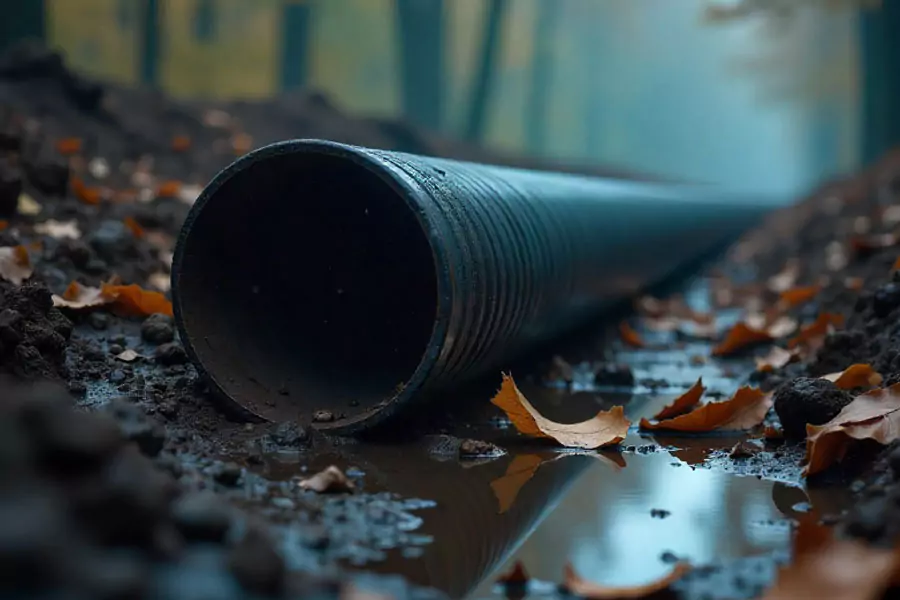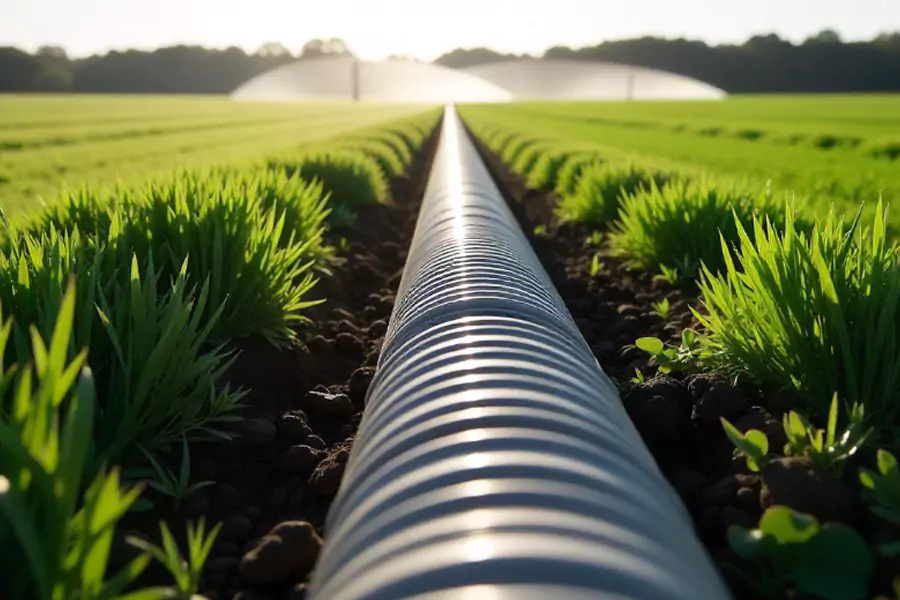
When you start any drainage or sewer project, one of the first questions is simple: what kind of pipe will last the longest and cost the least over time? Concrete and steel have been around forever, but the problem with them is that concrete cracks and steel rusts. That’s where a double-wall corrugated pipe enters the picture. It has quickly become a popular choice because it lasts for decades, doesn’t break the bank with repairs, and can handle a lot of stress.
This post breaks down what makes this pipe so durable, how long you can expect it to last, why its strength is trusted in big projects, and how its cost benefits stack up.
A double-wall corrugated pipe has two layers. The outer layer is corrugated, which gives it stiffness and helps it carry heavy loads from soil or traffic above. The inner wall is smooth, so water, sewage, or storm runoff flows without friction.
This combination, where the pipe is tough on the outside and smooth on the inside, solves two big problems at once. You get strength where it matters and efficiency where water needs to move quickly.
The question most people ask is: how long will it last? In many cases, a properly installed double-wall corrugated pipe can last close to a century. That’s not marketing hype; it’s because it’s made of high-density polyethylene (HDPE). This material naturally resists rust, chemicals, and erosion.
Compare that to concrete pipes, which often crack, or steel pipes, which rust from the inside. With HDPE, you’re looking at stability and reliability. Municipalities like it because it means fewer replacements. Farmers and builders like it because they don’t have to keep fixing the same section every few years.
Strength is not only about how heavy a pipe feels; it’s about how the pipe reacts under stress. A double-wall corrugated pipe has a corrugated shell that lets it flex slightly when the ground shifts or vehicles pass over it. Concrete, by contrast, is rigid; it doesn’t bend, it breaks.
This flexibility is very useful in areas with freeze-thaw cycles or unstable soils. Instead of cracking under pressure, the pipe adjusts. That’s why transportation departments approve it for highways and busy roads. It can sit beneath thousands of vehicles a day and keep performing.
Upfront price matters, but smart buyers look beyond that. Over time, double-wall corrugated pipe proves cheaper than concrete or steel in several ways:
When you add those points up, the financial case becomes pretty strong.
There’s the double-wall corrugated pipe, and then there’s what you are already familiar with, which is:
Double-wall corrugated pipe fills the gap by giving you strength, light weight, and durability all in one.

Because of the double-wall corrugated pipe’s design, you’ll find it in a wide range of projects:
The versatility of this pipe is one reason behind its elevated design.
Durability matters, but so does sustainability. Double-wall corrugated pipe is made from recyclable HDPE, which can be repurposed once its service life is done. Its lightweight reduces fuel use during shipping, and its longevity means less waste over time.
For cities, contractors, or businesses aiming for sustainability, this is a smart choice. It also maintains high performance.
From a contractor’s perspective, the appeal is simple:
At the end of the day, using the right materials builds trust and reputation. This is the reason more professionals are switching to double-wall corrugated pipe.
You should never have to accept less than the best materials for your next project. At All Pipe Solutions Inc., we provide double-wall corrugated pipe that’s not only made to endure, but also engineered for cost savings in the long run.
If you’re overseeing a municipal system, constructing a highway, or even implementing agricultural drainage, rest assured that our pipes will offer the dependable strength and quality you require.
Please schedule a meeting with us so we can assist you in selecting the proper solution, coordinate its timely delivery, and ensure that your infrastructure maintains its integrity for years to come.
Request a Quote (519) 871-0751